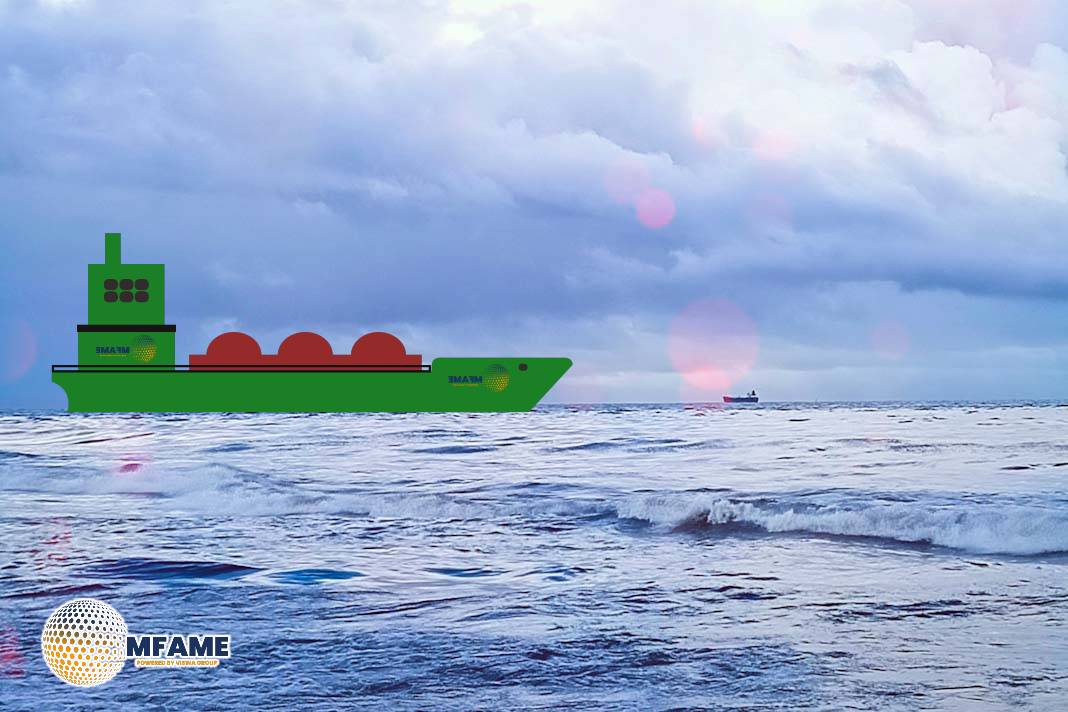 Despite widespread claims that globalization is in decline, recent analysis by Neil Shearing, Chief Economist at Capital Economics, suggests otherwise. While the structure of global trade is undergoing a transformation, the overall flow of goods remains strong.
Despite widespread claims that globalization is in decline, recent analysis by Neil Shearing, Chief Economist at Capital Economics, suggests otherwise. While the structure of global trade is undergoing a transformation, the overall flow of goods remains strong.
Shipping volumes are near record highs, indicating that trade is not shrinking but rather shifting in response to economic nationalism, geopolitical tensions, and changing production patterns particularly between the United States and China.
Rethinking Global Trade Dynamics
Shearing argues that the “end of globalization” narrative oversimplifies the reality. Tariffs and trade barriers imposed by the Trump administration may appear to signal a retreat from open trade, but data tells a different story ports remain busy and trade continues to grow. What has changed is where goods are produced and who they are traded with.
For instance, the share of mobile phones assembled in China for the US market has dropped from nearly 70% to just 25% in the past five years. Production is increasingly shifting to India and Vietnam, reshaping trade routes but not reducing trade activity. Similarly, China’s share of US imports has fallen from 20% in 2017 to about 10% today, while countries like Vietnam, Mexico, and India have gained ground. Meanwhile, China has deepened its trade with Russia and emerging markets a clear sign that global commerce is fracturing rather than declining.
The Geopolitical Landscape and Shipping Industry Implications
Geopolitics now plays a defining role in trade policy. National security concerns surrounding critical goods like semiconductors, energy, and pharmaceuticals are influencing supply chain strategies. The trend of “friend-shoring,” where nations prefer trading with political allies, is reshaping global logistics. As a result, countries such as Vietnam and Mexico are becoming key production hubs, while Russia grows more dependent on China.
For the shipping industry, this shift presents both opportunities and challenges. While production diversification may increase total shipping demand due to longer trade routes, the sector must also contend with new risks including sanctions, tariffs, and sudden political disruptions. Flexibility in fleet deployment, route planning, and cargo specialization will be crucial as the industry adapts to these geopolitical undercurrents.
Globalization is not ending; it is evolving. The world is witnessing a reconfiguration of trade networks rather than a collapse of international commerce. As manufacturing relocates and alliances shift, both traders and shipowners must embrace adaptability and foresight. The future of global trade will be shaped not by isolation, but by how effectively nations and industries navigate this fractured yet resilient landscape.
Did you subscribe to our daily Newsletter?
It’s Free Click here to Subscribe!
Source: Nautical Voice
















